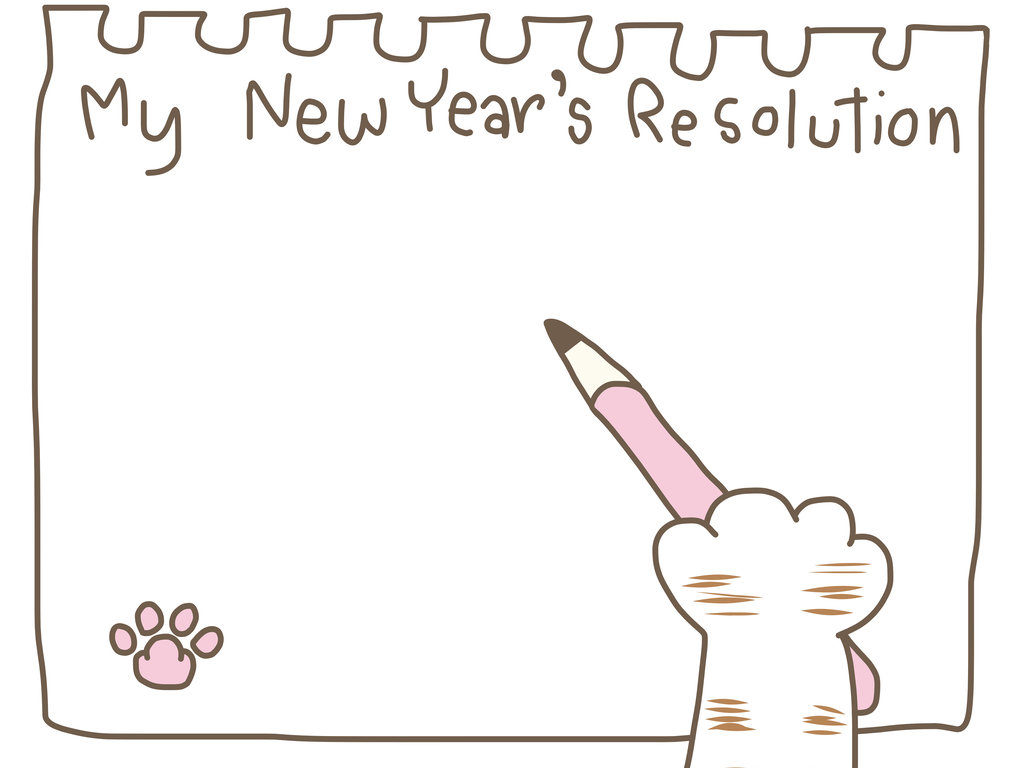New Year's Resolution
January is the start of a new year, and it’s no accident that New Year Resolutions are so popular. The seasonal break around Christmas and New Year forces us to take a pause. When we restart, it’s the ideal time to stop old, bad habits, and to start new, better ones. I know one vet clinic that tackles this idea in an innovative way. They see their team as three broad groups - vets, nurses and receptionists. And they ask each group to think up New Year Resolutions for each other group. This is all done anonymously, with the final result being published and distributed to everyone. The process results in three separate lists:
Resolutions for vets, by nurses and receptionists
Resolutions for nurses, by vets and receptionists
Resolutions for receptionists, by vets and nurses
Obviously resolutions like this are personalised to a large extent, based on working practices and individual personalities, but there are probably universal truths for many vet clinics that will be reflected in the most recent lists of resolutions produced by this clinic.
For starters, here is the first list: for vets, by nurses and receptionists.
The other lists will be published in blog posts later in the week.
Read these, and please give me your comments. What other resolutions would you like the vets in your practice to follow?
Consults:
Timekeeping – be aware of clients waiting and try to keep up. Focus!
Do not make or receive phone calls during clinic or operating times.
Be on time for the 2.30pm clinic – clients often arrive at 2.15pm.
Do not leave anal gland deposits in consulting rooms.
If you dispense products (such as wormers or flea treatments) to clients in the consulting room, remember to cancel label printing when you enter the product in the system, and also ask the client to tell the receptionist that they already have the product.
Always give estimates for animals which are admitted.
Learn to use the client information handouts regularly (eg “fluid therapy” should be handed out routinely).
Admit animals through a nurse, by sending them back to the waiting room first rather than trying to do it yourself
Operations:
Do not spend time in the office or elsewhere when scheduled to operate.
Write up all treatment and costs on computer as work is done, or certainly before leaving building at lunchtime (for morning work) and in the evening (for all other work).
Always ensure that the treatment plan for each patient has been clearly written down before you leave for lunch.
General:
Do a ward round am and pm – all in-patients need to be examined twice daily, as rostered.
Label all blood samples as they are taken, and do not leave them lying around.
Keep up to date with the message system to ensure that you have made all necessary call backs or other communications before you go home each day.
Keep your in-tray at a depth of below eight inches.
If client is phoned, enter record of conversation on computer file.
Do not answer phone when answer machine has been turned on after-hours


